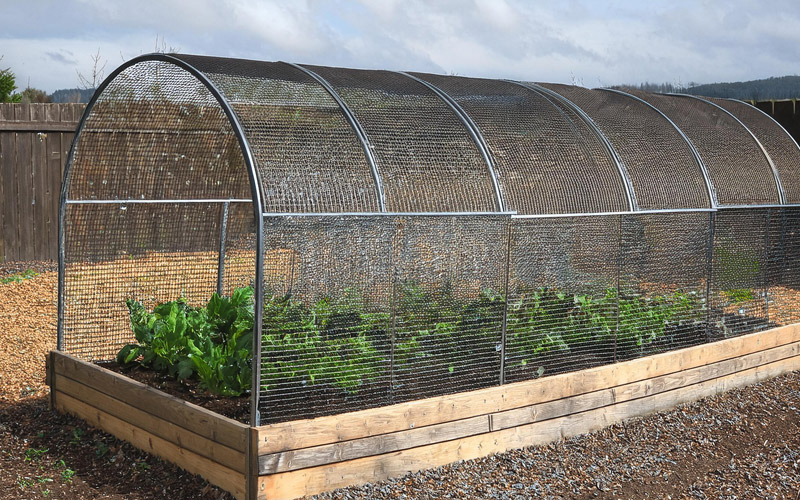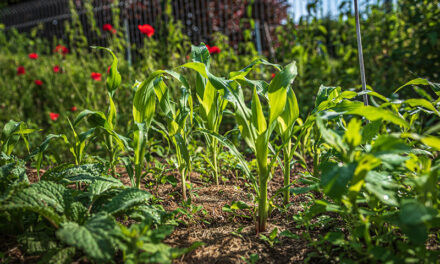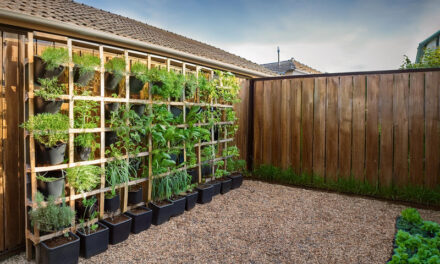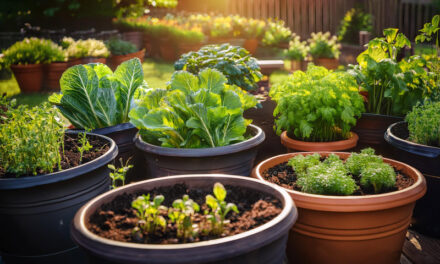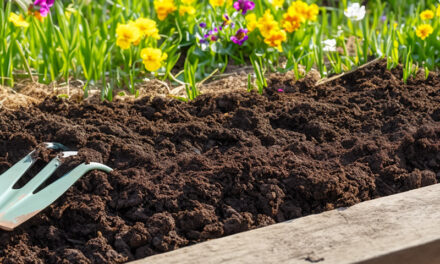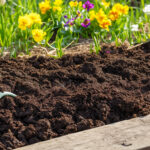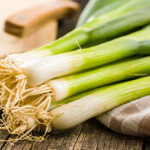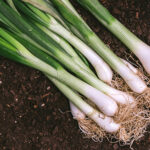Keeping your vegetable garden safe from pests, animals, and harsh weather can be a challenge. A well-designed vegetable garden cage can provide the perfect solution to protect your plants and boost your harvest.
Why you need a vegetable garden cage
A vegetable garden cage is more than just a protective barrier—it’s a smart investment for any gardener. Whether you’re dealing with rabbits nibbling on your greens, birds swooping in for a snack, or unexpected weather changes, a cage can:
- Prevent damage from common garden pests like deer, rabbits, and birds.
- Shield plants from extreme weather conditions such as frost, wind, or heavy rain.
- Support vertical growth and keep climbing plants organized.
- Reduce the risk of plant diseases by keeping them off the ground.
Popular vegetable garden cage ideas
Choosing the right vegetable garden cage depends on your garden size, budget, and specific plant needs. Here are some creative and practical ideas to consider:
1. DIY PVC pipe cages
PVC pipe is lightweight, affordable, and easy to assemble. These cages are perfect for covering raised beds and can be customized to fit any garden layout. Use netting or mesh to keep pests out while allowing sunlight and rain to reach your plants.
Pros:
- Budget-friendly and customizable
- Weather-resistant and durable
- Easy to dismantle and store in the off-season
Cons:
- May not be sturdy enough for larger wildlife
- Can be affected by strong winds if not anchored properly
2. Wooden frame cages
For a more permanent solution, wooden frame cages provide excellent durability and aesthetics. These cages can be built with hinged doors for easy access and covered with chicken wire or hardware cloth to keep out even the smallest pests.
Pros:
- Long-lasting and sturdy
- Provides good support for climbing plants
- Visually appealing and blends well with the garden
Cons:
- More expensive than PVC options
- Requires maintenance to prevent rot or pest damage
3. Hoop house cages
Using flexible PVC or metal hoops, you can create a tunnel-like cage that works well for protecting rows of vegetables. Cover the hoops with bird netting, shade cloth, or plastic sheeting depending on your protection needs.
Pros:
- Great for protecting plants from frost and excessive sun
- Easy to install and remove when needed
- Versatile for different plant types
Cons:
- May require additional support in windy conditions
- Can be cumbersome to store when not in use
4. Recycled materials cages
Get creative by using recycled materials such as old window frames, pallets, or repurposed fencing to build a unique vegetable garden cage. This sustainable option is both eco-friendly and cost-effective.
Pros:
- Helps reduce waste and repurpose materials
- Unique and personalized designs
- Low-cost alternative to buying new materials
Cons:
- May require more effort and creativity to assemble
- Durability depends on the quality of materials used
5. Portable pop-up cages
If you’re looking for a temporary or seasonal solution, portable pop-up cages are a great option. These cages are pre-assembled, easy to set up, and can be moved around the garden as needed.
Pros:
- Quick and hassle-free installation
- Ideal for seasonal pest control
- Foldable and easy to store
Cons:
- Limited durability compared to permanent structures
- May not withstand harsh weather conditions
Choosing the right cage for your garden
When selecting a vegetable garden cage, consider the following factors to ensure the best fit for your needs:
- Size of your garden: Larger gardens may require permanent structures, while smaller spaces can benefit from portable options.
- Type of pests: Identify the common threats in your area to choose the right level of protection.
- Budget: DIY options tend to be more affordable, while ready-made solutions can save time.
- Maintenance: Consider how much effort you’re willing to put into upkeep and storage.
Final tips for effective plant protection
- Regularly inspect your cage for any damage or weak spots that pests could exploit.
- Ensure proper ventilation inside the cage to prevent mold and mildew buildup.
- Choose materials that suit your climate and garden aesthetic.
A well-chosen vegetable garden cage can make all the difference in protecting your plants and ensuring a bountiful harvest. Whether you go for a DIY option or a store-bought solution, investing in plant protection is always worth it.

